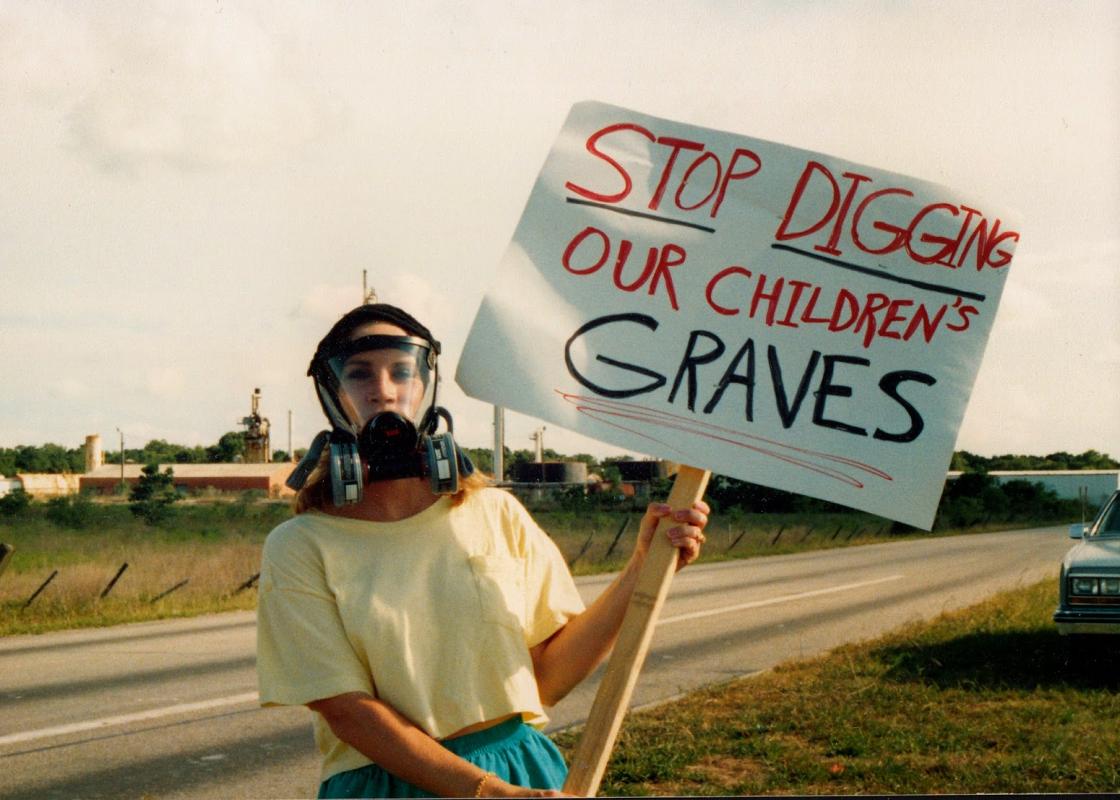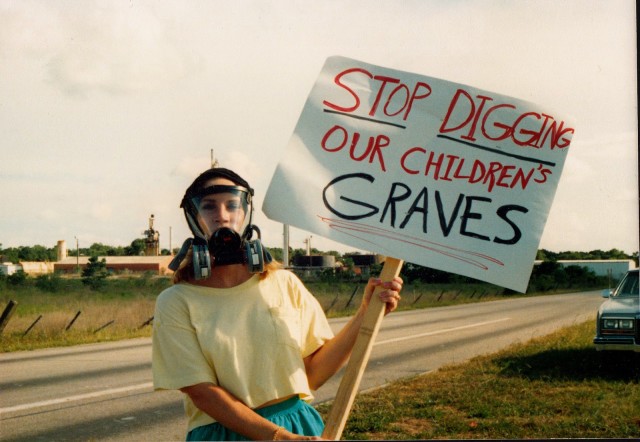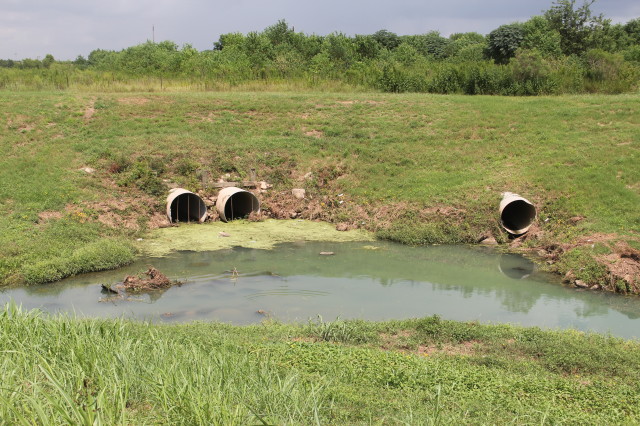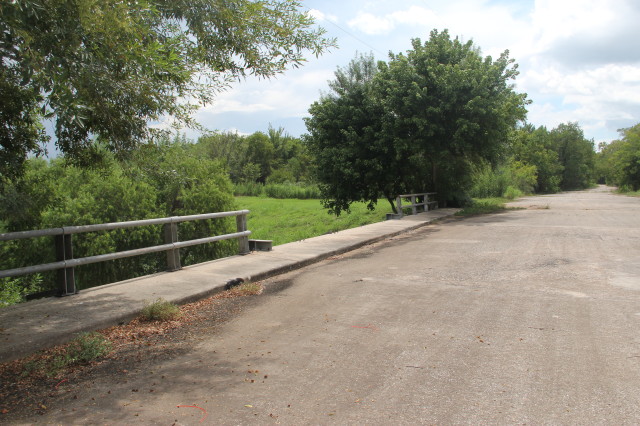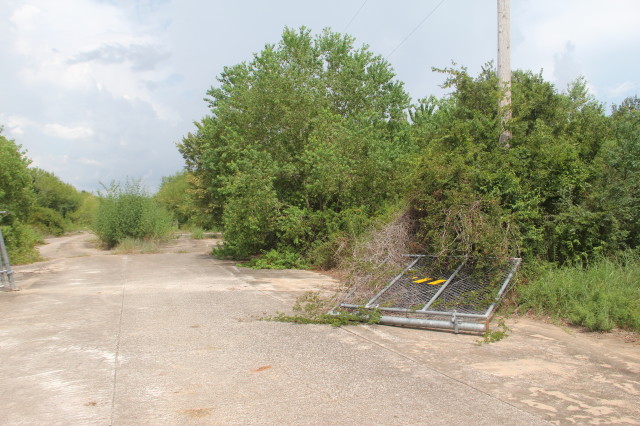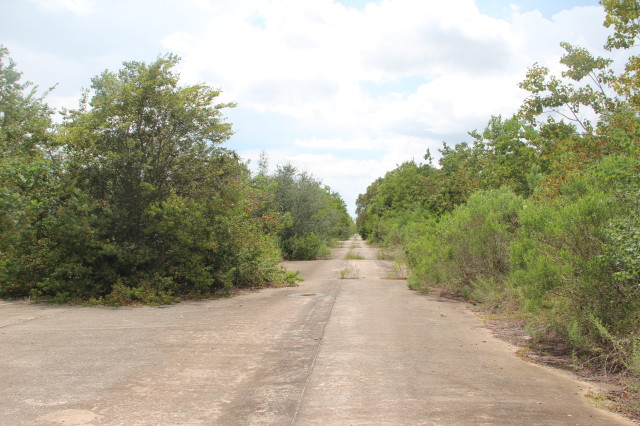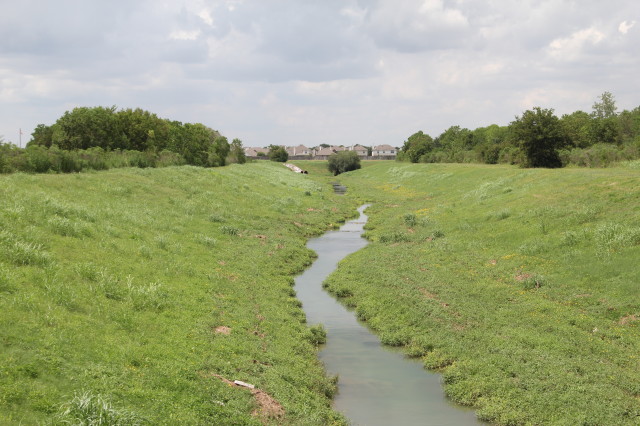The suburbs are supposed to be safe. It’s only inside the city, we hear, where you’ll find crime. Drugs. Addiction. Corruption. Pollution. Hypocrisy. Assault. Rape. Not, as least as they are bought and sold, in the subdivisions in the suburbs --- that’s where you move to escape. That's where you raise your family among families that share your values, among neighbors who look out for you.
Not so in René Steinke’s new novel, Friendswood (Riverhead Books, 2014, 350 pages). It's based on the real Friendswood, of course, a suburb about 20 miles southeast of Houston. But the novel focuses even further in on a real place in Friendswood --- the Brio Superfund site on Dixie Farm Road, where a succession of companies starting in 1956 processed and recycled chemical waste, until the last one, Brio Refining Inc., went bankrupt in 1982. These companies used the 58-acre site near Clear Creek to store in earthen pits both known and suspected carcinogenic byproducts, like styrene tars and vinyl chloride sludges, whose very names make you nauseated.
During the '80s, as tract homes went up across the street and children splashed in mud puddles and played Little League, some Southbend residents began to get sick. (Articles from the South Belt-Ellington Leader archived on a blog tell much of the story.) One woman recalled later to the Houston Chronicle that she had seen "sticky, tar-like goo" leeching into the outfield of her son's baseball diamond. Lawsuits started flowing in, claiming that the pollution was leading to abnormally high rates of miscarriage, birth defects, autoimmune disorders, respiratory problems, and cancer.
Those suits were eventually settled with $207.5 million in damages divided among 200 households to help families pay for medical and college expenses. The Southbend houses were demolished and trucked to landfills and the entire site fenced off. Remediation plans were set. Protestors argued successfully that the waste should not be incinerated, though, for fear of air pollution. Instead, the waste was sealed even further underground, capped in a 45-foot-deep layer of clay that's more than a mile in circumference. The EPA didn't declare the site safe until 2006.
Steinke's Friendswood takes place in the aftermath of this. It's a story about a place that is still recovering, and people who are still struggling. The characters don't grow and change and realize the errors of their ways, as you might expect; they continue to strain against limitations they’re not even aware of. "I'm very fond of the real town of Friendswood," writes Steinke in an e-mail to OffCite. "It's a place that has its own particular feeling of community and legacy and history, and I wanted to write about what happens to people's personal lives when that stable feeling of 'home' is threatened, especially by something we take for granted, like the land beneath our feet."
One of these people, the novel's main character, is Lee, who lost her teenage daughter to cancer --- caused, she suspects, by the pollution. Alone, now, and divorced, Lee answers phones part-time at a medical clinic and the rest of the time conducts furious Internet searches and trespasses onto the site to collect soil samples and return, as it were, to the scene of the crime. The novel's action begins when Lee spots something amiss:
The gray corner angled up from the mud beneath a sick-looking sapling. Was it some lost bit of cement? She went closer, her boots smacking in the muck as the dull shape clarified itself. One flat side of it had wrestled up into the air, the other side still sunk into the ground. A giant, filthy, gray vinyl box. The top of it was charred with a bright pink and brown stain, and a crack jiggered its way down the middle, where a copper liquid leaked out in a thin, jagged stream. (10)
Lee takes photos, reaches out to a local reporter and councilperson and soil scientist --- and her rage to get someone to pay attention, while a new developer deals to build on the supposedly "clean" site, eventually leads to an act of --- well, you'll have to read it.
"The nonfiction part of [the story] had already been reported in The New York Times, Time, case studies, and many other places," writes Steinke. "And what fascinated me about the story as a novelist was being able to imagine all the textures and complexities of how the event might play out in the lives of individuals. I wanted to try to understand the resilience of people who'd come through some very tough times."
After reading the novel, I wanted to see the site for myself. I drove out on a Saturday on Telephone Road and turned onto Dixie Farm. The first thing you pass is a landfill. And then, incongruously, you pass archetypal subdivisions with bucolic names, much like Southbend must have been. There's a dedicated bike lane on both sides of Dixie Farm, clearly marked and freshly painted. Then turning toward the site onto Blackhawk Boulevard, you pass Ashley Pointe, a new subdivision. That morning, I saw construction workers milling about around unfinished stick frames. If Southbend still existed, Ashley Pointe would sit right next to it. I parked at the property line, and --- much like Lee --- made my way back.
I followed Clear Creek, which seemed to have a weird hue as though it had been dyed, toward a bridge that was missing a section of balustrade. Crossing that past two sections of fence that had been toppled, I followed what used to be South Fork Boulevard up to the site. The pavement was still there, as was the median, but the vegetation was so overgrown that I couldn't see very far. Still, you can just make out the top of the San Jacinto College and Memorial Hermann Hospital buildings across the street. And if there wasn't much to see, there was much to worry about.
Turning back, I took South Fork, which led me right up to the fence behind Ashley Pointe. Aside from mosquitoes feasting on my legs, nothing much happened. Nothing smelled bad. Nothing stung my eyes. But something seemed off. I know that that's a projection, but I couldn't help doubting that something as complex as an ecosystem could be "cleaned" of pollutants as toxic as the ones discovered here in the '80s. I worried that I was endangering myself just to get a good long look. I worried that I had endangered myself the times I had run on the Southbelt Hike and Bike Trail, which ends just a few thousand feet from here. Such short-term exposure is probably fine --- but what about these new houses? What about the elementary school less than a mile away? Do they know what happened? Do they know that one of the most toxic sites in Texas history was once just on the other side of the fence?
"As kids," writes Steinke, "we used to ride our bikes through the oil fields to get from our subdivision into town, and we thought nothing of it. What does that proximity to oil fields mean for people's health? It's hard to say for sure. . . . The mixing up of industry and people's lives can be confusing and sometimes scary."
More >>>
Steinke will be reading from Friendswood at Brazos Bookstore on Thursday, October 9, at 7 p.m.; you can see more stories about environmental issues in Houston in Cite 93


